In this travel guide
Belize, a small Central American country, is a paradise for travelers seeking natural beauty, rich culture, and adventure. With its Caribbean coastline, dense jungles, and vibrant marine life, Belize offers diverse experiences for many different types of tourists.
Whether you are exploring the underwater wonders of the barrier reef, delving into the mysteries of ancient ruins, or relaxing on a picturesque island, Belize provides unforgettable experiences for every traveler. With proper planning and respect for the people and environment, your visit to Belize can be both enjoyable and have a positive impact on the country.
Belize is a leader in eco-tourism, with many initiatives aimed at preserving its natural beauty. Visitors can support these efforts by choosing eco-friendly accommodations and activities that promote conservation. Belize has several marine reserves, such as Hol Chan Marine Reserve and Bacalar Chico Marine Reserve, which protect its rich biodiversity and offer excellent snorkelling and diving opportunities.
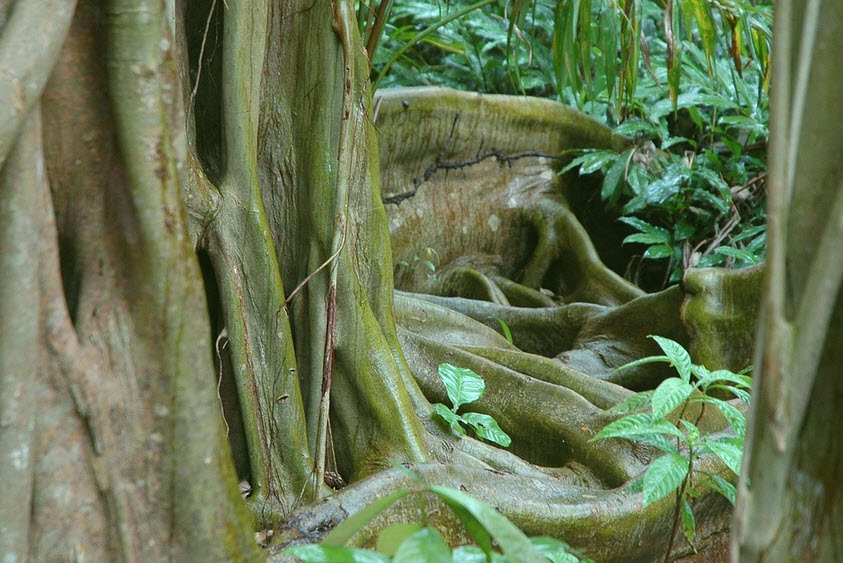
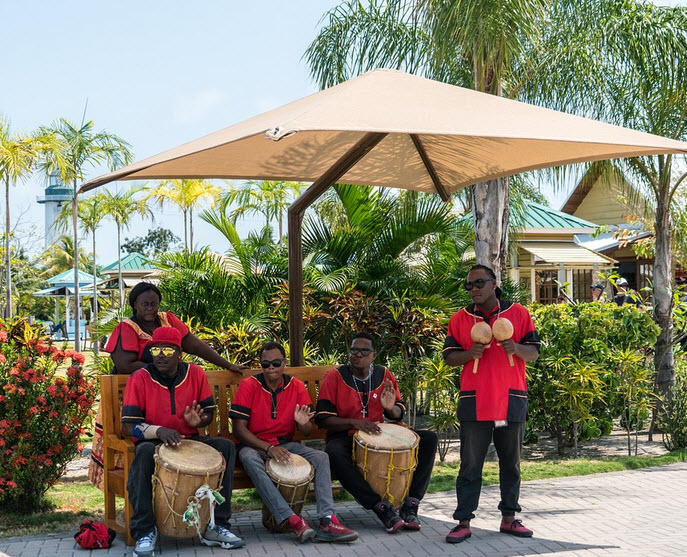
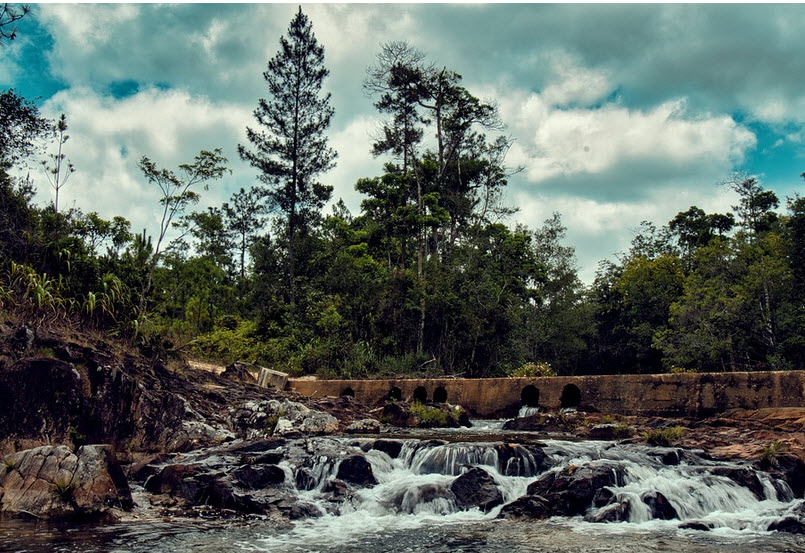
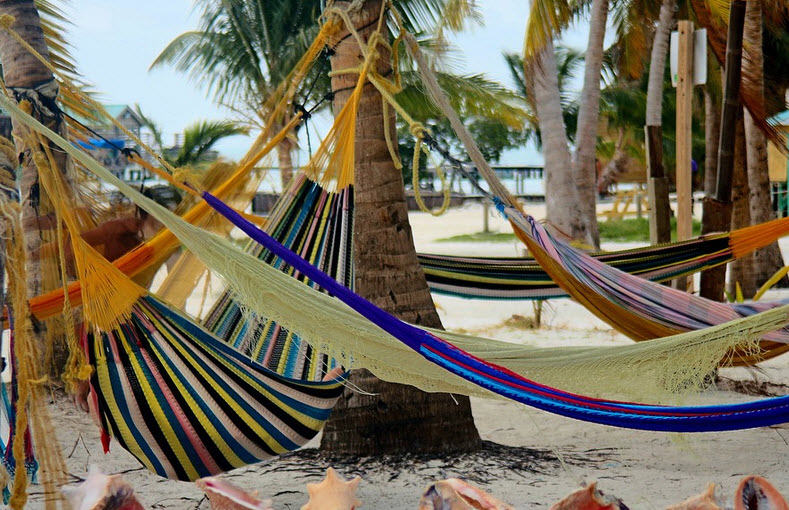
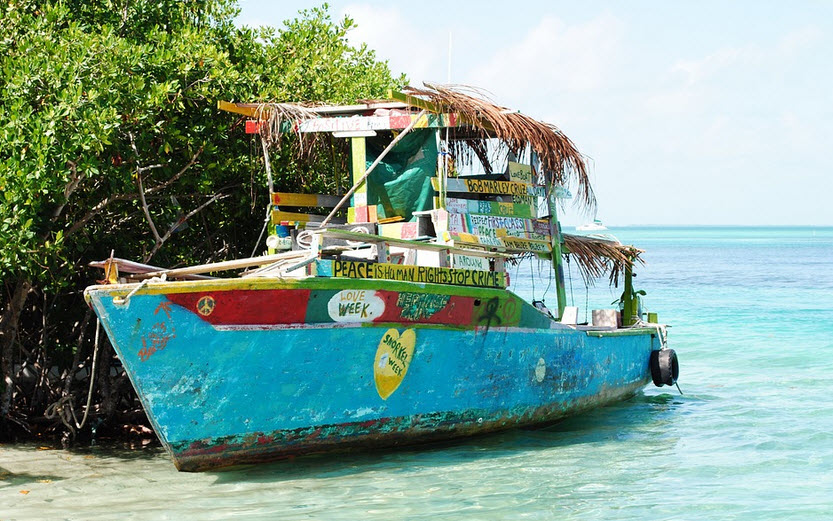
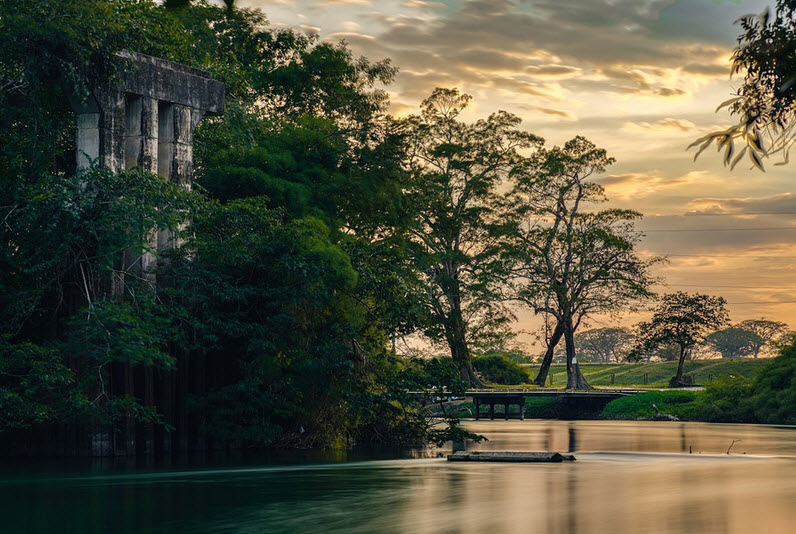
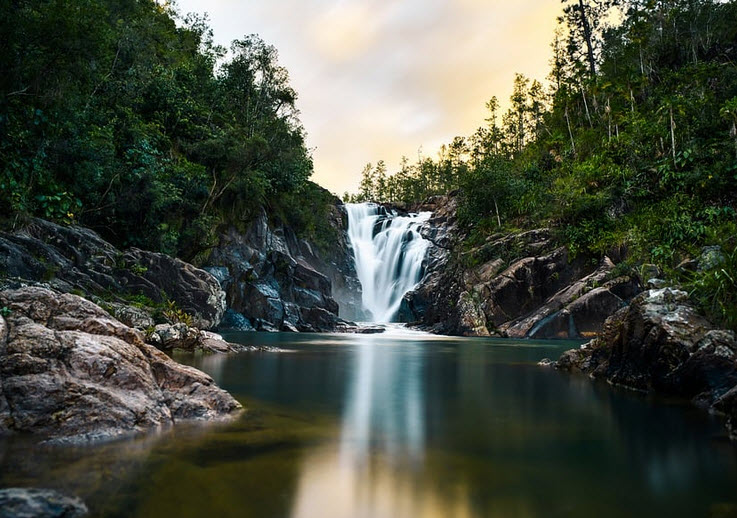
Examples of popular spots to visit
Belize Barrier Reef
The Belize Barrier Reef, a UNESCO World Heritage site, is the second-largest coral reef system in the world. It offers exceptional snorkeling and diving opportunities with vibrant marine life and crystal-clear waters.
Great Blue Hole
A world-famous diving site, the Great Blue Hole is a giant marine sinkhole that attracts divers from around the globe to explore its depths and unique underwater formations.
Mayan Ruins
Belize is home to several well-preserved Mayan archaeological sites, including Caracol, Xunantunich, and Lamanai. These ancient cities offer a glimpse into the rich history and culture of the Maya civilization.
Caye Caulker and Ambergris Caye
These islands, or “cayes,” are popular destinations for their laid-back atmosphere, stunning beaches, and excellent water sports, including fishing, kayaking, and paddleboarding.
Activities
Scuba diving and snorkeling
The warm Caribbean waters and rich marine biodiversity make Belize a top destination for diving and snorkeling enthusiasts.
Hiking and wildlife watching
The country’s national parks and reserves, such as the Cockscomb Basin Wildlife Sanctuary and the Mountain Pine Ridge Forest Reserve, offer hiking trails, waterfalls, and opportunities to see exotic wildlife.
Cave exploration
Belize is famous for its extensive cave systems, such as Actun Tunichil Muknal (ATM) and Barton Creek Cave, which provide adventurous spelunking experiences and insights into ancient Mayan rituals. Using an experienced guide is recommended.
Cultural experiences
Belizean cuisine
Belizean cuisine is a fusion of various cultural influences, including Spanish, Mayan, Creole, and Garifuna. Visitors can enjoy local dishes such as rice and beans, fry jacks, and fresh seafood.
Lobster Fest
Held annually in San Pedro, Caye Caulker, and Placencia, Lobster Fest celebrates the opening of lobster season with music, dance, and delicious lobster dishes.
Garifuna culture
Experience the vibrant Garifuna culture in coastal towns like Dangriga and Hopkins, where traditional drumming, dancing, and cuisine offer a unique cultural immersion. Garifuna Settlment Day, celebrated on November 19th, is a national holiday that commemorates the arrival of the Garifuna people in Belize. Festivities include traditional drumming, dancing, and parades. The Garifuna are a people of mixed free African and Amerindian ancestry that originated on the Caribbean island Saint Vincent.
Practical information
When is high season?
The dry season is high season for foreign tourism in Belize, i.e. from late November to mid-April. Belize is a tropical country and the climate is warm year round (although higher elevations are a bit cooler than the beaches) so it will be warm even if you visit outside of the dry season.
Since Belize is a Caribbean country, it is a good idea to take the Atlantic hurricane season into account when you plan your trip.
During Easter Week (Semana Santa) and Christmas (Navidad), a lot of people travel within the country and you can expect hotels to fill up quicker.
Getting around
Travelers can explore Belize by domestic flights, water taxis, buses, and rental cars. The country’s small size makes it fairly easy to travel between different regions and attractions.
Accommodation
Belize offers a wide range of accommodations, from luxury resorts to budget-friendly hotels. Many beachfront resorts provide stunning views and direct access to the sea, while eco-lodges in the jungle offer unique experiences close to wildlife.
For those seeking a more personalized experience, vacation rentals such as villas, condos, and beach houses are available, providing amenities like kitchens and private pools.
Health precautions
Travelers should be aware of common health concerns, including mosquito-borne diseases. It’s advisable to use insect repellent, wear long sleeves and pants, and sleep under mosquito nets if necessary.
Ensure vaccinations are up-to-date, and make sure you have adequate travel insurance.
Safety tips
Belize is generally safe for tourists, but it’s wise to take common precautions. Avoid displaying valuables, be cautious when traveling at night, and stay informed about local conditions.
Understanding the history of Belize
Understanding a bit about the background of Belize can be of great help as you travel around the country and makes it easier to fully experience this blend of cultures.
The Mayans
Belize is included in the heartland region for the Maya civilization, alongside parts of Mexico, Guatemala and Honduras, and a lot of the food that is popular here today have ancient roots – such as corn, squash, beans and chili pepper. The Maya civilization flurished until circa 900 AD, when it began to fracture.
When Spanish explorers reached Belize in the 1500s, at least three distinct Maya territories were present here:
- The Chetumal province, encompassing the area around Corozal Bay.
- The Dzuluinicob province, encompassing land from the lower New River and the Sibun River to Tipu.
- The Manche Ch´ol Maya province, encompassing land from the Monkey River to the Sarstoon River.
The Spanish Empire
Spain declared the area part of the Spanish Empire, but the Spaniards met with resistance from the Yucatán tribes and did not settle the land.
During the colonial epoch, English sailors – including pirates – would frequent the coast, looking for logwood trees. Like certain other parts of the Caribbean, this coast was used as a base for attacking Spanish ships.
The British and the enslaved Africans
A permanent settlement was founded by British settlers in Belize circa 1716, and the British brought in enslaved Africans to cut logwood trees. In exchange for helping fight piracy, the Spaniards permitted the British to occupy the area, although the British government did not recognize the settlement as an official colony as they were worried about provoking the Spanish government. In 1786, A British superintendent was finally appointed. Throughout the 1700s, the Spanish would attack Belize very time the Spanish government had a serious conflict with the British government.
Abolishment
Slavery was abolished in Belize in 1833.
British Honduras
After the emancipation of Central America from Spanish rule, the British government took new steps to more formally control Belize. In 1862, this reached its peak, as the United Kingdom officially declared Belize a British Crown Colony and named it British Honduras.
The Belize Estate and Produce Company gradually acquired half of all privately held land in Belize and eliminated peonage.
Economic problems
Well into the 1900s, the economy of British Honduras relied heavily on mahogany exportation, but the Great Depression of the 1930s drastically decreased timber demands. The economy looked up a bit during World War II, but plumeted again after the war´s end.
Struggle for independence
Harsh economic conditions led to the formation of the People´s Committee, which demanded independence from Great Britain. Later, the People´s United Party (PUP) sought and won voting rights for all adults in British Honduras, and the first election under these rules was held in 1954.
PUP dominated politics in British Honduras for three decades, but the struggle for independence was hampered when Guatemala claimed sovereignity over Belizean territory.
- In 1964, Great Britian granted British Honduras self-government.
- In 1973, the name was changed from British Honduras to Belize.
- On September 21, 1981, Belize became an independent nation.
Guatemala refused to recognize Belize as a nation and continued with the territorial dispute. Therefore, roughly 1,500 British troops remained in Belize to deter Guatemala.